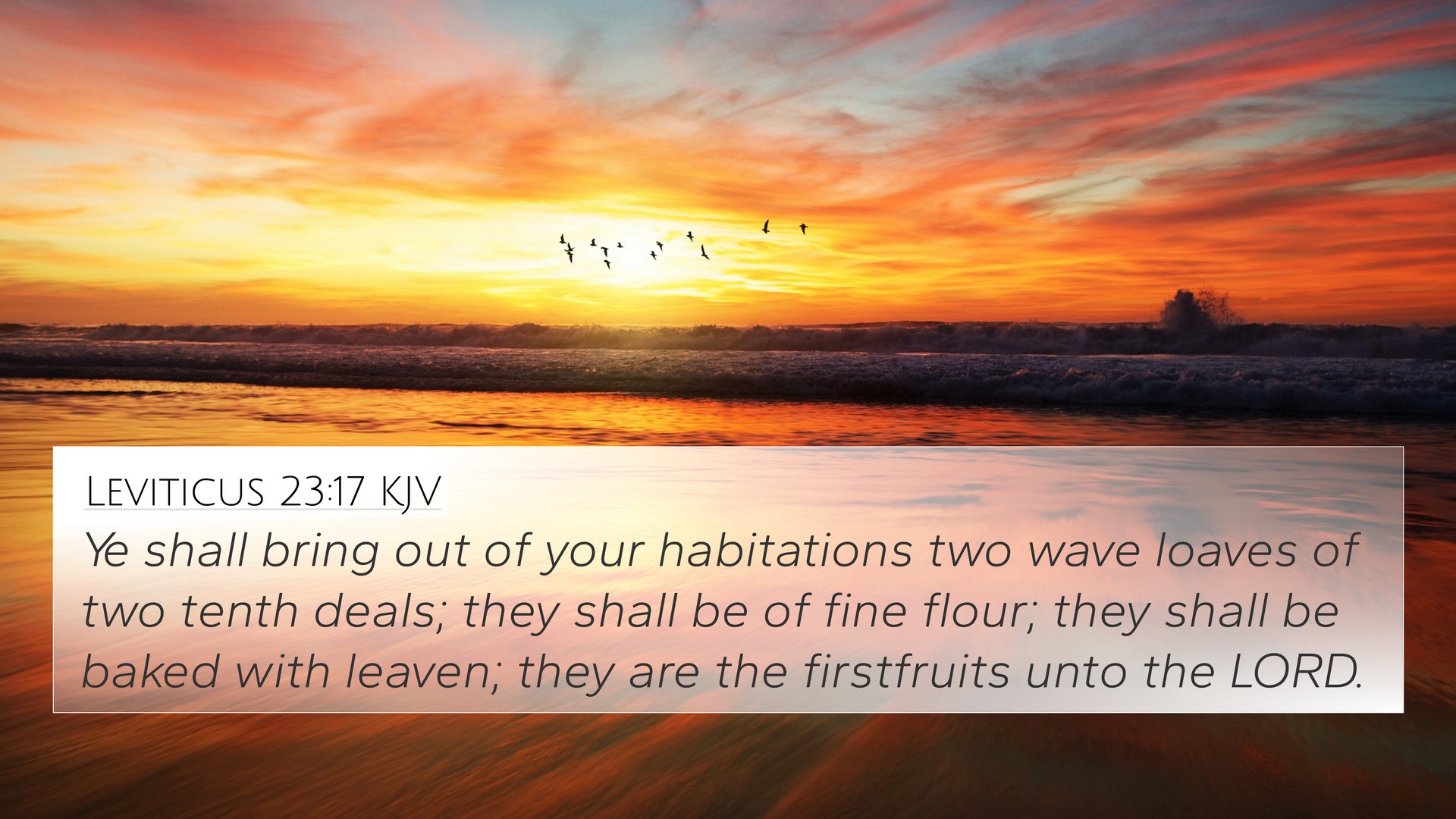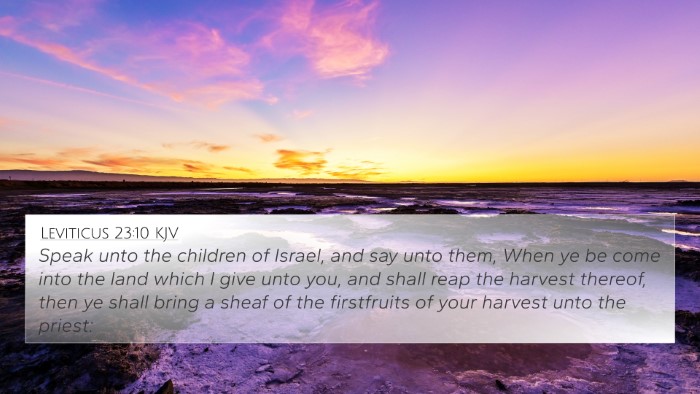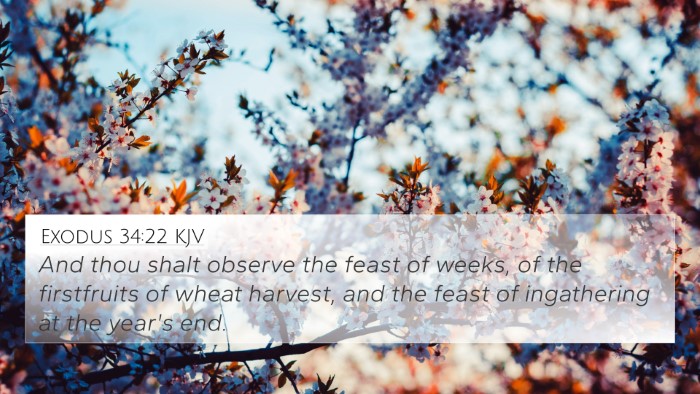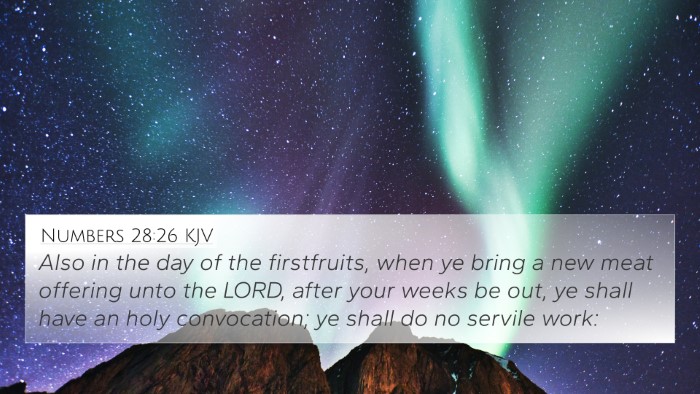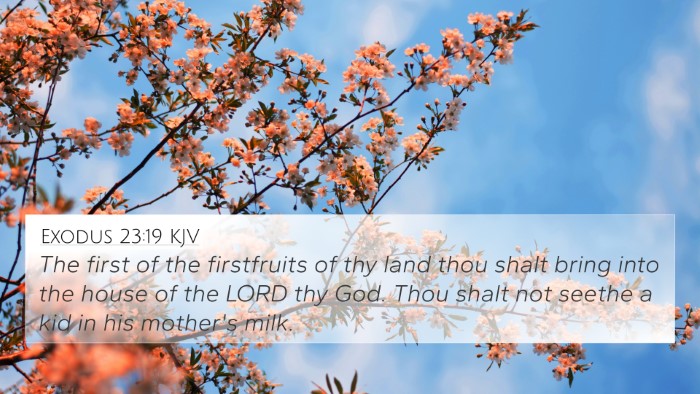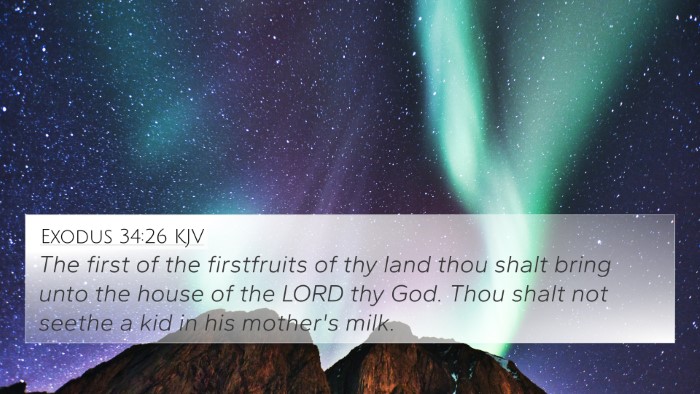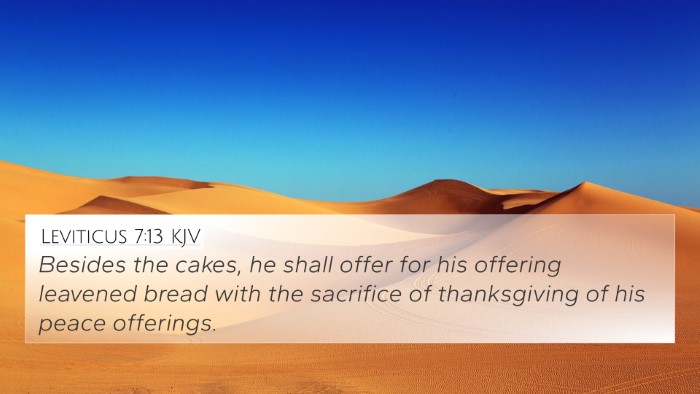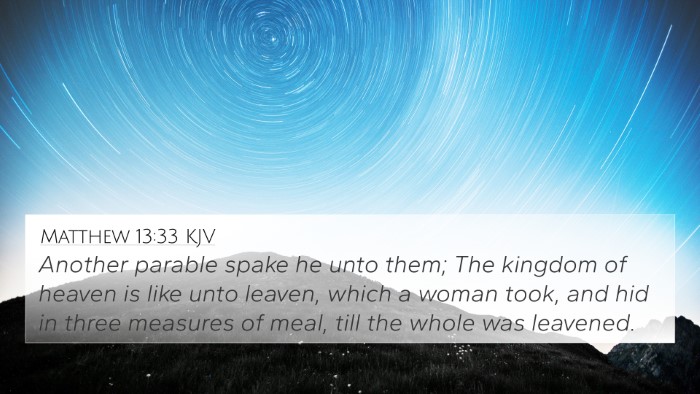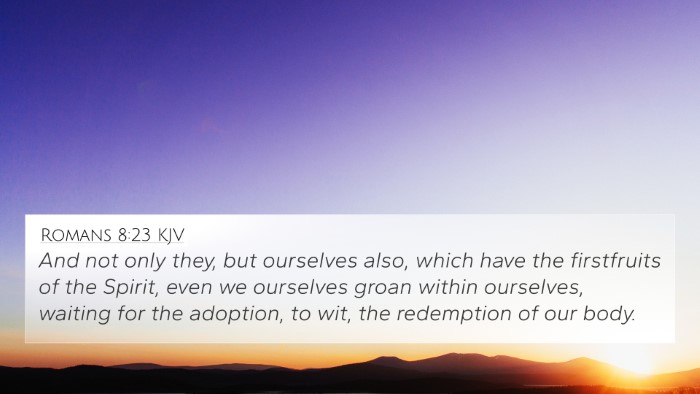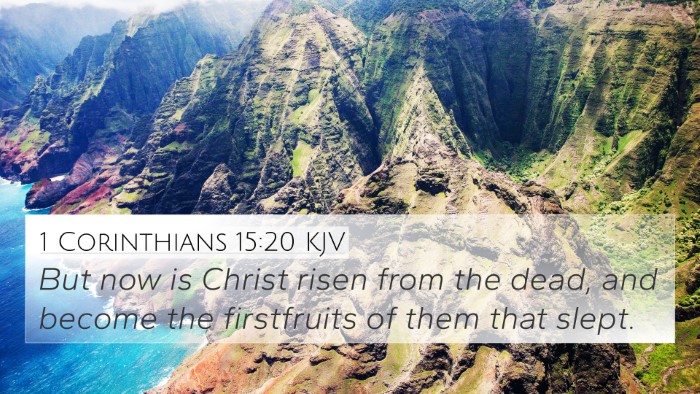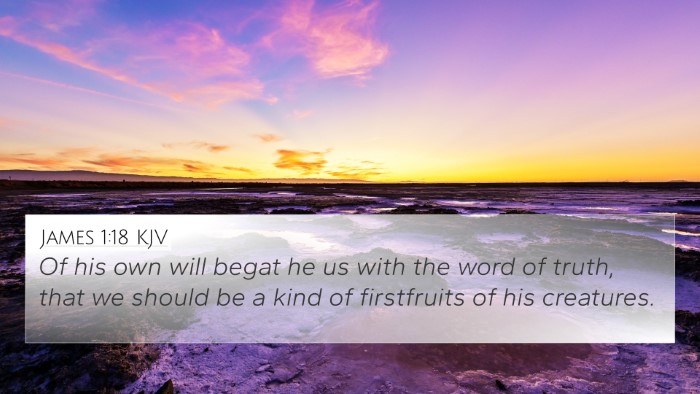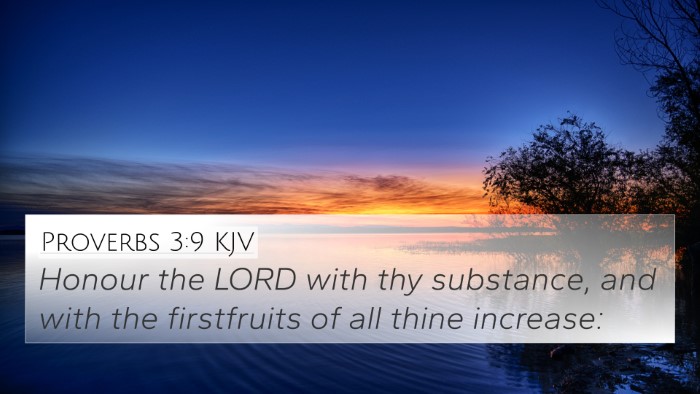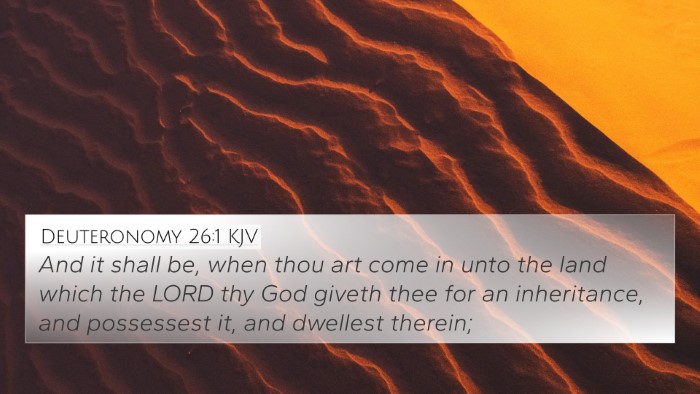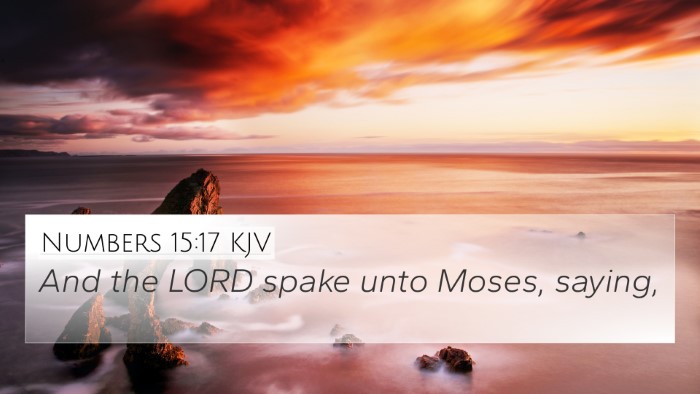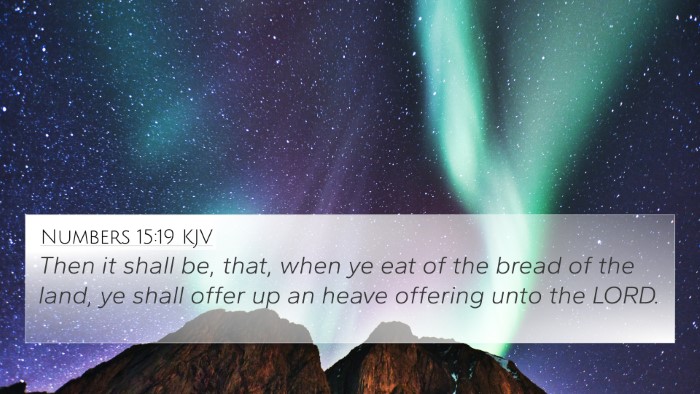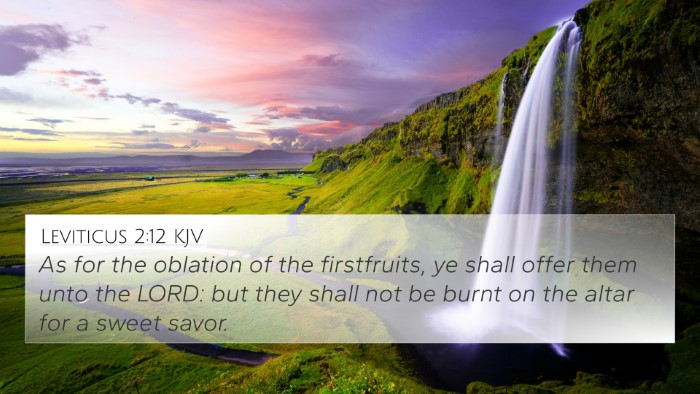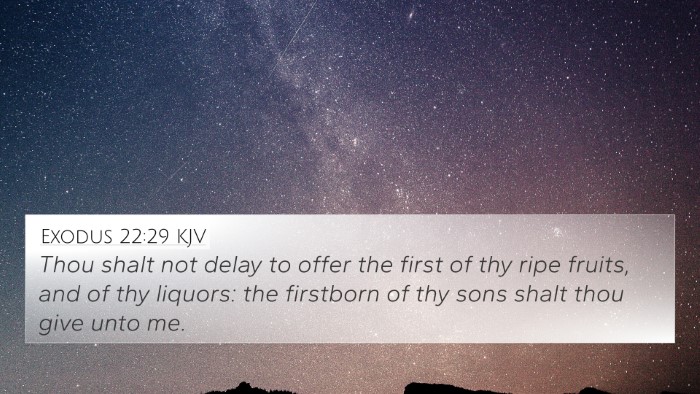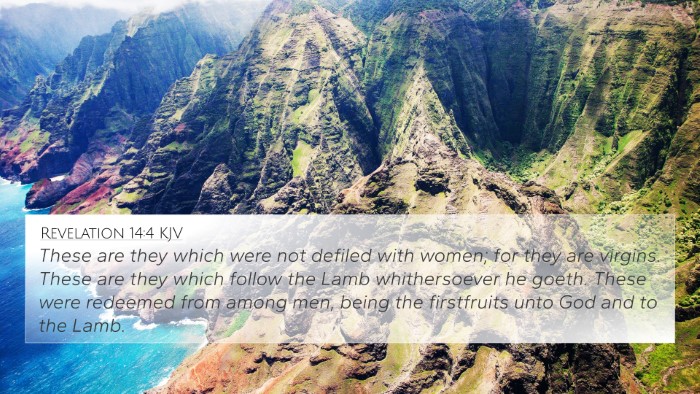Understanding Leviticus 23:17
Leviticus 23:17 states: "You shall bring from your dwellings two wave loaves of two-tenths of an ephah; they shall be of fine flour, they shall be baked with leaven. They are the firstfruits to the Lord." This verse is part of the instructions regarding the Feast of Weeks (Shavuot), emphasizing the importance of thanksgiving and dedication to God.
Insights from Commentaries
This verse has been examined through various public domain commentaries, providing a deeper understanding of its meaning and implications.
Matthew Henry's Commentary
Matthew Henry emphasizes that this feast commemorates the completion of the harvest and recognizes God as the source of all blessings. The two wave loaves, made of fine flour and baked with leaven, symbolize the gratitude of the people for God’s provision and the acknowledgment of His sovereignty over creation. The act of waving these loaves implies a presentation before the Lord, reflecting their sacred nature and the people's desire for communion with God.
Albert Barnes' Notes
Albert Barnes highlights that the two loaves represent the firstfruits of the harvest, which were to be brought forth in gratitude. The leaven in the loaves is significant as it symbolizes the presence of sin among God's people. However, it also denotes that even in the presence of imperfection, they can come before God in thanksgiving. This reflects the complexity of human nature and God's grace that allows us to approach Him despite our shortcomings.
Adam Clarke's Commentary
Adam Clarke discusses the significance of the "two-tenths of an ephah" quantity in relation to the law of offerings. He explains that these offerings were not merely ritualistic but were meant to foster a deeper relationship with God. The emphasis on the loaves being waved before the Lord signifies acknowledgment of His divine provision and establishes a covenant relationship where the people commit their harvests to God.
Cross-Referencing Insights
Understanding Leviticus 23:17 can be enhanced by examining related verses. Here are some pertinent cross-references that provide additional context:
- Exodus 34:22 - Discusses the Feast of Weeks, linking it to the agricultural calendar.
- Deuteronomy 16:10 - Emphasizes the importance of the Feast of Weeks as a time for offering firstfruits.
- Numbers 28:26 - Details the offerings and festivals, including the specificity of the wave loaves.
- James 1:18 - Connects the concept of firstfruits to the new creation and God’s gifts.
- 1 Corinthians 15:20 - Discusses Christ as the firstfruits from the dead, establishing a thematic connection.
- Romans 11:16 - Talks about the sanctity of the firstfruits and its implications in the spiritual realm.
- Hebrews 10:14 - Addresses the completeness of Christ's sacrifice as a perfect offering.
Key Themes and Connections
This verse, while rooted in Old Testament law, resonates with New Testament teachings. The thematic elements of offering, gratitude, and acknowledgment of God’s provision connect the two Testaments. The wave loaves serve as a reminder of thanksgiving that transcends time.
Thematic Biblical Connections
The connection between Leviticus 23:17 and other scripture illuminates larger theological themes:
- Gratitude for God’s Provision: Reflecting on Philippians 4:19, where God’s provision for needs is affirmed.
- Human Imperfection: Romans 3:23 states that all have sinned, echoing the presence of leaven in the offerings.
- Communion with God: Matthew 26:26 during the Last Supper, symbolizes the continuation of this offering tradition in the Eucharist.
Applying Leviticus 23:17 in Modern Context
For contemporary readers, Leviticus 23:17 serves as a reminder to celebrate God’s goodness and to offer our gratitude through tangible means. The cross-referenced themes highlight the spiritual significance of recognizing God’s provisions and offering our lives as living sacrifices, illustrated in Romans 12:1.
Further Exploration and Study
To delve into the rich meanings behind Leviticus 23:17, consider utilizing the following tools:
- Bible Concordance: Helpful for finding specific words and their occurrences throughout scripture.
- Bible Cross-Reference Guide: Allows studying related passages in context.
- Cross-reference Bible Study Methods: Suggests methods for deeper thematic analysis.
- Bible Reference Resources: Provides materials for comprehensive understanding.
Conclusion
In summary, Leviticus 23:17 invites us to reflect on our relationship with God through offerings, gratitude, and recognition of His blessings. It bridges connections between the Old and New Testaments, showcasing unity in God’s covenant with His people.
Keywords
This exposition on Leviticus 23:17 intertwines with numerous relevant keywords that facilitate deeper study. By exploring the Bible verse cross-references, identifying connections between Bible verses, and engaging in comparative Bible verse analysis, one can develop a comprehensive view of Scriptural teachings.
